Final Fantasy’s Strangest Urban Legends and Unsolved Mysteries
From characters that are secretly dead to characters that aren't actually dead, these are some of Final Fantasy's strangest urban legends and unsolved mysteries.
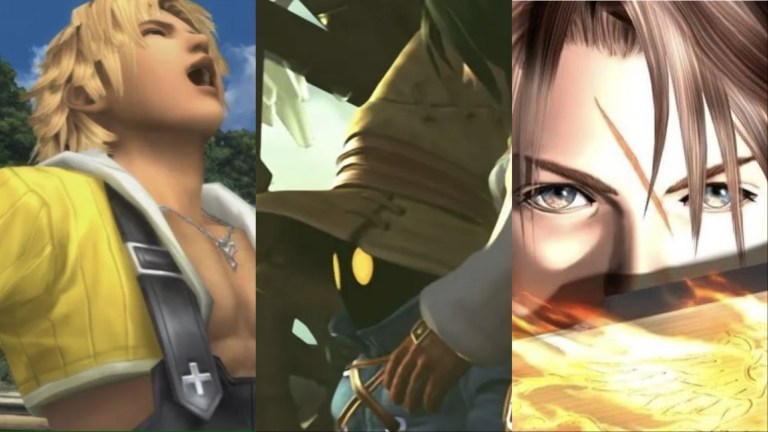
One of the most enduring RPG franchises of all time is Final Fantasy, which popularized the genre worldwide and helped solidify the success of the early PlayStation consoles. With a video game series running since 1987, with 16 mainline titles and dozens of spinoffs, there are fan theories, urban legends, and unsolved mysteries that have left gamers speculating and debating for decades. For a franchise that is known more for standalone stories in many of the games instead of direct narrative sequels, Final Fantasy has an expansive lore that makes the series all the more ripe for those fan theories.
Here are some of the biggest urban legends and unsolved mysteries from the Final Fantasy franchise, from theories surrounding the true fate of fan-favorite characters to rumors of secret content in the classic games, offering a deeper look at the iconic RPG series.
15. Is Squall Dead? (Final Fantasy VIII)
One of the most prevailing Final Fantasy fan theories is that Squall, the protagonist of 1999’s Final Fantasy VIII on the original PlayStation, is actually dead for the majority of the game. At the end of story on the first disc, Squall is grievously stabbed in the torso with an ice shard by Edea, however, when the story resumes on the second disc, Squall is fully healed without explanation. What’s more suspicious is that Squall doesn’t appear to have any scars from such a nasty wound, with the game preceding like business as usual, The Sixth Sense-style.
Fans point out that the story after the first disc takes a more surreal tone moving forward, with fans describing the shift as a near-death hallucination experienced by Squall in his dying moments. Fans also note that the ending move, with Rinoa rushing towards the wounded Squall, may signal the actual moment of Squall’s death. Director Yoshinori Kitase later refuted this theory, claiming Squall’s early wound was non-lethal, though admitted the theory was an intriguing idea.
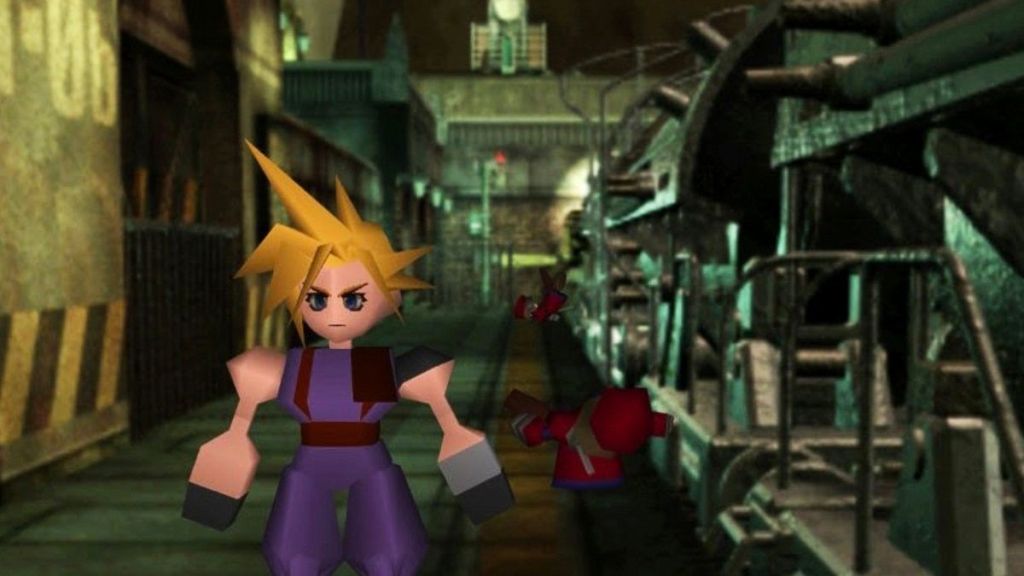
14. The Test 0 Monsters (Final Fantasy VII)
A game as big as 1997’s Final Fantasy VII is bound to be full of secrets, but one apparent glitch from the original Japanese release has led to years of fan speculation and theories about its implications. In this version of the game, players who climb down the well near the beginning of Corel Prison have a small chance of battling monsters simply named “Test 0.” Subsequent iterations of Final Fantasy VII, including its international release, have removed this random battle encounter entirely, with it only accessible only by those who mod the game.
Theories surfacing after the temporary existence of Test 0 monsters became known included speculation that there were items that could be earned from defeating these creatures or searching the well further. There is nothing to ground that the Test 0 battles were meant to lead to more secret content in Final Fantasy VII, with the encounters and creatures potentially just a leftover from the debug process.
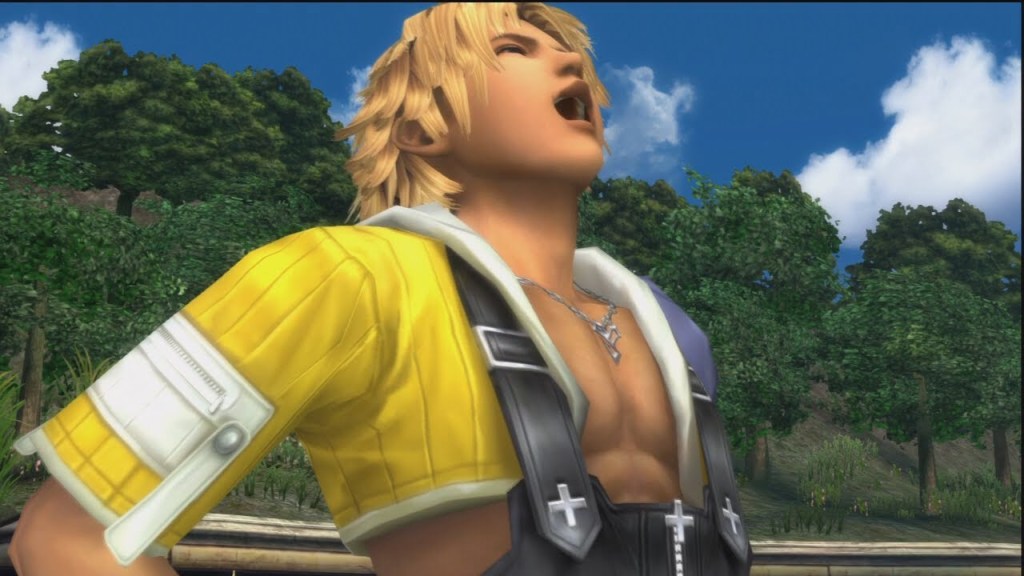
13. Is Tidus Real? (Final Fantasy X/Final Fantasy X-2)
The protagonist of 2001’s Final Fantasy X on the PlayStation 2 is Tidus: a young athlete who finds himself in the fantasy realm of Spira where he meets Yuna. The two fall deeply in love as they assemble a party and defeat a villain aptly named Sin. In the game’s 2003 sequel Final Fantasy X-2, Tidus is revealed to be part of a dream imagined by the Fayth, the untethered souls of Spira.
This revelation raised questions about how much of Tidus and his background were ever real or if he ever physically existed at all before meeting Yuna. Players who complete Final Fantasy X-2 100% are treated to the game’s true ending, with the Fayth restoring Tidus and reuniting him with Yuna, with the couple debating if Tidus is actually real this time. This debate is never resolved but, with the star-crossed couple together again, it is the closest the world of Final Fantasy X gets to a happy ending.
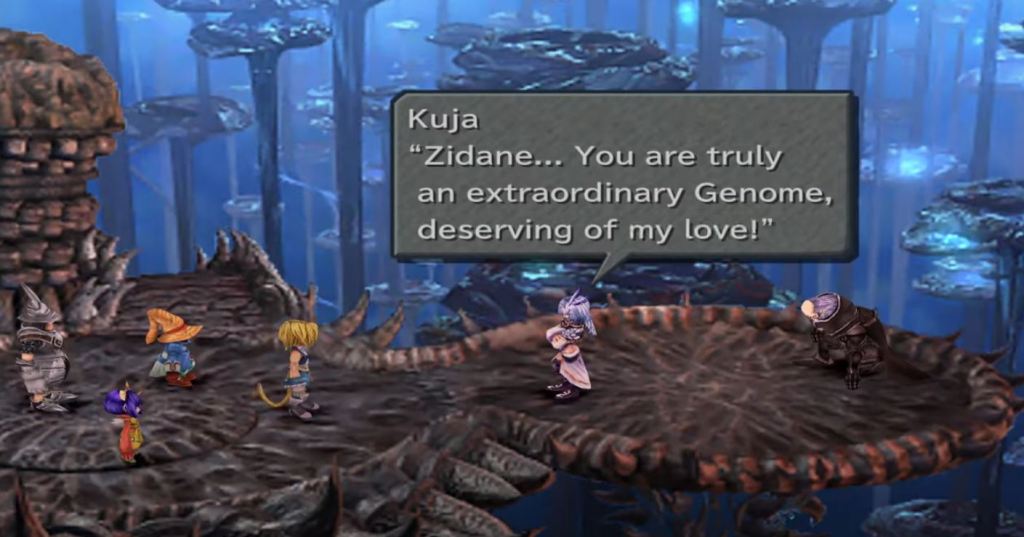
12. The Final Fate of Kuja (Final Fantasy IX)
The Final Fantasy series is full of some of the best villains in gaming, from the elegant Sephiroth to the virtually unstoppable Kefka. The most memorable villain in 2000’s Final Fantasy IX is Kuja, a human genetically created specifically to be a living weapon, brought to life by the evil Garland. Kuja quickly grows out of control and sets out to overthrow Garland and conquer the realms of Terra and Gaia, manipulating Queen Brahne to wage a devastating war that plunges the kingdom into violent chaos.
Unlike virtually any other major Final Fantasy villain, who usually dies upon their defeat, Kuja’s fate is left ambiguous after he’s defeated by Zidane and his allies late in the game. As the Iifa Tree collapses after this harrowing showdown, Zidane opts to stay behind and project Kuja. Zidane even shields Kuja’s body as the tree collapses around them. The epilogue reveals that Zidane survives to safely return to Queen Garnet, but no direct mention is made of what actually happened to Kuja, who remains absent as the story concludes. While it is popularly theorized that Kuja died at that moment, his actual fate remains one of the series’ perhaps intentionally unanswered questions.
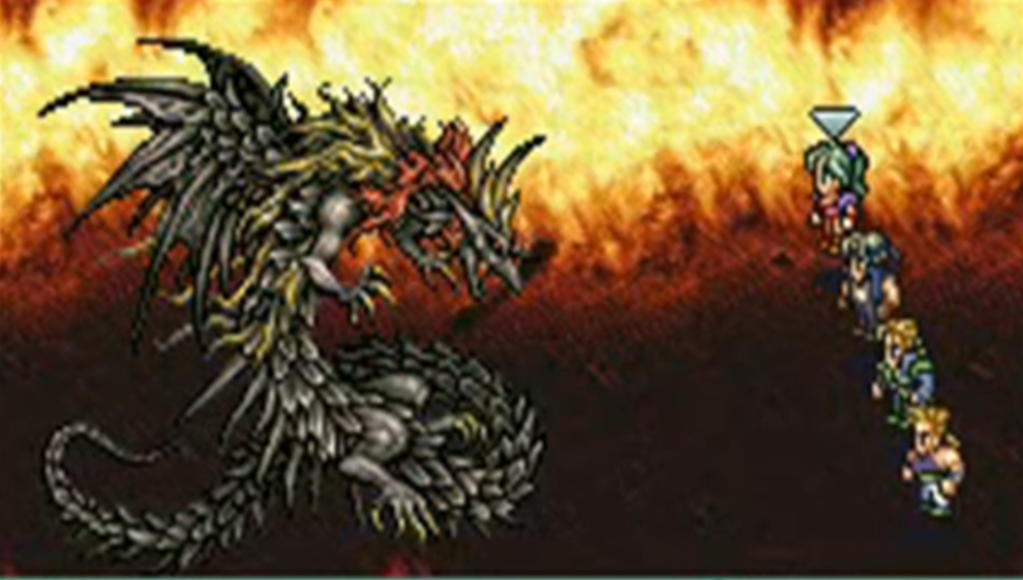
11. The Fearsome CzarDragon (Final Fantasy VI)
1994’s Final Fantasy VI (originally released in North America as Final Fantasy III) has eight legendary dragons, each linked to a different element. The original version of the game contains references to a leader of these dragons, who can be fought as an optional Superboss fight if certain conditions are met by the player. Rumors of a super dragon were fueled by an enemy in the source code referred to as “CzarDragon,” complete with intended in-game dialogue.
The 2006 Game Boy Advance port of Final Fantasy VI includes a new enemy named Kaiser Dragon who resides in a secret dungeon portion of the game as an optional Superboss. Found after hitting specific switches in the Dragons’ Den, where the secret dungeon area is located, Kaiser Dragon is the hardest enemy in the game. Whether or not Kaiser Dragon is the original plan for CzarDragon or something added by the developers to the port based on fan theories is unknown.
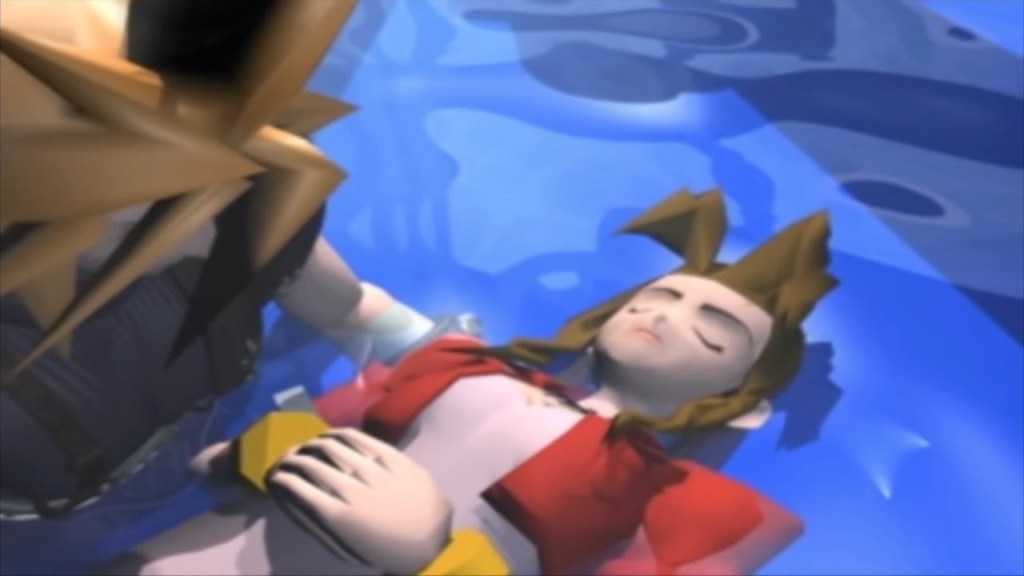
10. Can Aerith Be Saved? (Final Fantasy VII)
One of the most heartbreaking moments in Final Fantasy VII is the death of Aerith Gainsborough, who is impaled from behind by Sephiroth and dies in protagonist Cloud Strife’s arms. Aerith’s death is the most shocking scene in the game, pushing the story into a much darker tone and setting Cloud and Sephiroth on a climactic collision course to avenge her murder. With the sudden death of such a beloved character, fans naturally began speculating if there was a way to reverse or avoid this upsetting scene.
In an emotional cutscene, Cloud lays Aerith to rest in a subterranean pool under the Forbidden City. Soon, an urban legend surfaced which suggested that players could use Underwater Materia, the game’s magical resource, to resurrect her. This rumor was fueled by Underwater Materia’s relative useless for much of the game, theoretically giving it an important, secret purpose. Another theory posited that being kind to Aerith and mean to Tifa in dialogue options would reverse the two characters’ fates. Unfortunately, both that and the Underwater Materia rumor proved to be fruitless attempts to avoid Aerith’s grim death.
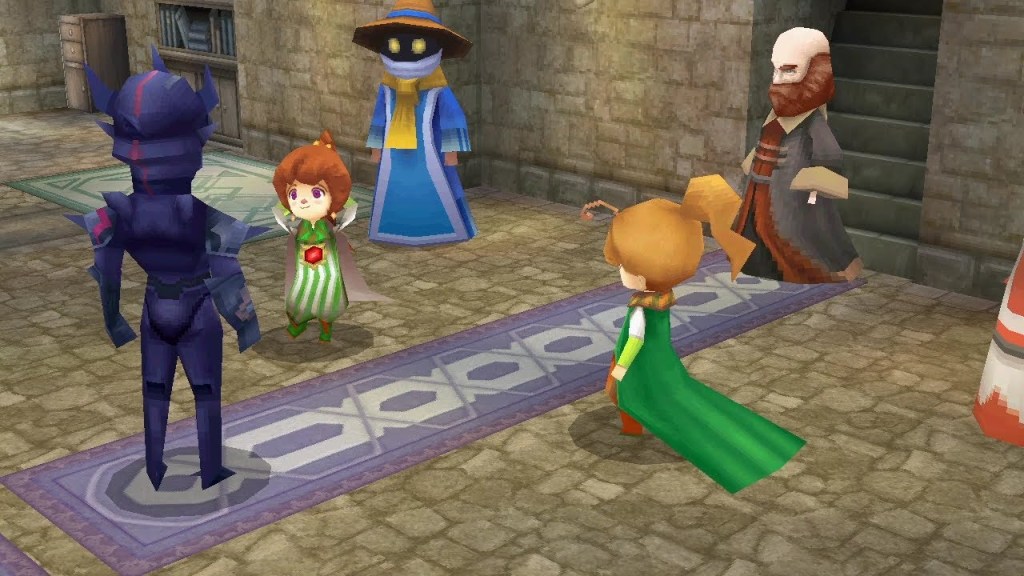
9. The Fate of Palom and Porom (Final Fantasy IV)
1991’s Final Fantasy IV was the first 16-bit Final Fantasy game to get a wide release in North America, bringing a whole new depth of storytelling and a cast of fan-favorite characters. One of the most emotional moments in the game sees Palom and Porom sacrificing themselves to protect the party after fighting Cagnazzo in Baron Castle, becoming petrified in the process. The Elder restores the two in time to bring them both to the fight against the Giant of Babil, but players wondered if they could save the twin siblings themselves.
There is some basis for players being able to save Palom and Porom in the game, including unused data in Final Fantasy IV’s source code. The rumor likely sprung from the game giving players the ability to use healing items on Palom and Porom’s petrified bodies, to no avail. To be sure, no earned level or secret healing item is capable of restoring Palom and Porom, with their revival linked exclusively to a story moment in the game.
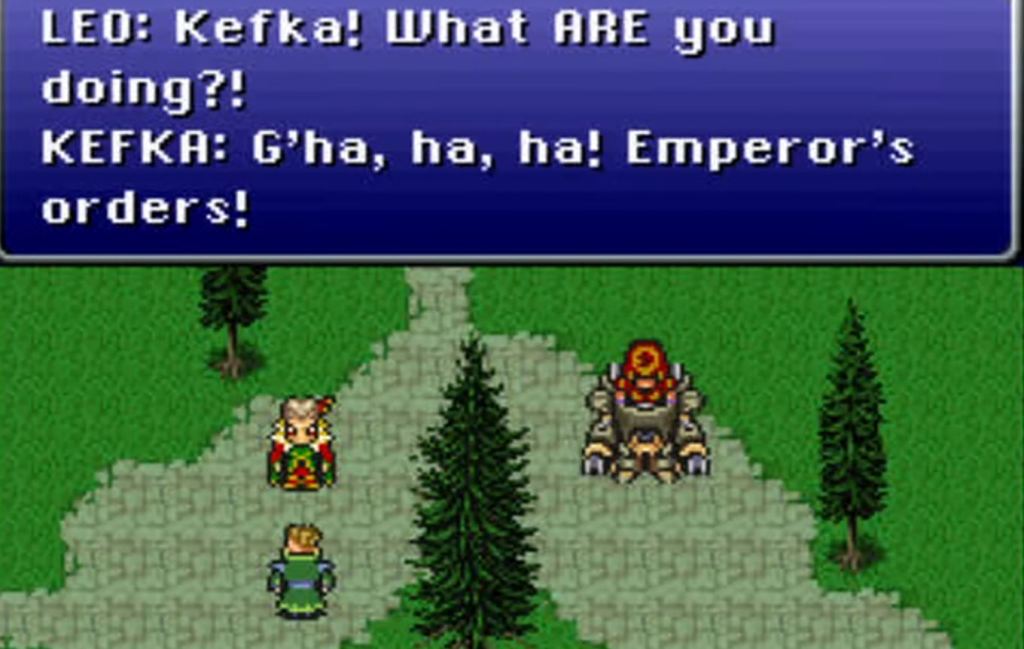
8. The Revival of General Leo (Final Fantasy VI)
Aerith is far from the only fan-favorite Final Fantasy character to die, with General Leo Christophe from Final Fantasy VI previously perishing at the hands of Kefka. Leo can be re-added to the player’s party through the use of cheat codes, but players began searching for more legitimate ways to seemingly resurrect Leo in the game. Interestingly, there is a way to keep Leo in a limited capacity, albeit through an in-game glitch.
In a new game, when the party splits into three groups, play through Sabine and then Locke’s scenarios, saving the game at Figaro Cave and progressing to the airship without dying or saving. After returning to the flying continent, a random encounter will be trigger and, if the player dies on purpose, they’re returned to Figaro Cave, but with access to the airship. After completing the cave, Leo’s sprite will appear in Banon’s scenario. However, he will only appear in certain areas, making this half-true urban legend nothing more than a curio from a glitch rather than a full resurrection.

7. Finding Zack Fair (Final Fantasy VII)
Throughout Final Fantasy VII, Cloud makes references to his best friend Zack Fair, who is only seen in flashbacks through cutscenes in the game. Fans began to wonder if Zack actually made a secret appearance in the game, speculating that a Sephiroth clone in Sector 5 of the Midgar sewers was actually Cloud’s long-lost buddy. Supporting this rumor was Aerith’s comment about the clone, remarking she wasn’t strong enough to heal him.
Urban legends posited that if Aerith was fully leveled, she could heal the sick clone, restoring his memories to reveal that he was actually Zack all along. With Aerith only having access to the sewers for a short amount of time, players would have to grind considerably to get her level up to its proposed strength. However, all this hard work would be for nothing, with Aerith never changing her dialogue option to heal the clone and no discernible connection between the clone and Zack found in the game files, leaving Cloud’s friend strictly a bittersweet memory.

6. The Secret Nero Family (Final Fantasy IX)
13 years after the initial release of Final Fantasy IX, an online forum seemingly discovered a secret side quest in the game involving the Nero family in Lindblum. Shared by user The_Kusabi_ on GameFAQs, the quest was on the fourth disc of the game and involved players visiting the family after traveling to Memoria every time they completed a major event (like a boss or cutscene). Every visit would introduce a new member of the Nero family and, after the entire family was introduced, players would receive a secret item for their due diligence.
Like the Leo resurrection in Final Fantasy VI, the Nero family quest is also true, interestingly enough. There are 17 possible trigger events to introduce new members of the Nero family, with nine family members introduced in all, granting the player a Protect Ring from a treasure chest in the Nero family hideout in Lindblum. The Nero side quest isn’t a high-stakes adventure, but any means, but that it went unnoticed to Western audiences for 13 years makes it something of a fun Easter egg.
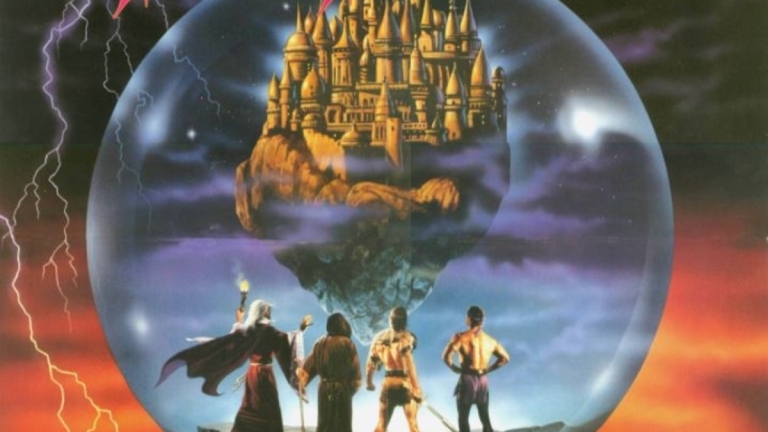
5. The Final Fantasy Multiverse
One of the hallmarks of the Final Fantasy franchise is that all of the numbered entries are all standalone stories that largely take place in their own worlds, apart from the occasional Easter egg to other games. However, one figure that’s had the unique distinction of appearing in multiple Final Fantasy games is the multi-armed antagonist Gilgamesh, the closest thing the franchise has to a recurring character. Because of the nature of Gilgamesh’s debut, players think the character subtly introduces a multiverse to Final Fantasy linking the games together more explicitly.
Gilgamesh makes his first appearance in 1992’s Final Fantasy V, working for the villainous Exdeath, pitting him against the player characters. After being defeated, Gilgamesh falls into a dimensional vortex, regretting that he didn’t have the opportunity for one last battle. Since then, different versions of Gilgamesh have appeared in subsequent Final Fantasy games, including Final Fantasy VI and as recent as 2016’s Final Fantasy XV. This theory appears to be confirmed by Dissidia Final Fantasy, which shows Gilgamesh traversing a multiversal nexus linking the various universes.

4. The Strange Legacy of Cid
Gilgamesh isn’t the only Final Fantasy character to have a recurring presence in the mainline titles, even given their standalone nature. Cid, who often appears as something of a wise, sage figure to the player characters has been a staple in the franchise since 1988’s Final Fantasy II. Cid has gone on to appear in virtually every major Final Fantasy game ever since, including 2023’s Final Fantasy XVI, the Kingdom Hearts crossover, and even the 2001 animated film Final Fantasy: The Spirits Within.
In contrast to Gilgamesh, Cid’s appearance is radically different between each installment, though there are commonalities of him being an older, wiser figure that often is depicted as a scientist or inventor. In a 1997 interview with Electronic Gaming Monthly, Final Fantasy creator Hironobu Sakaguchi observed there wasn’t a deeper meaning behind Cid’s repeated appearances, they just wanted a character to fill the Yoda archetype from Star Wars. Despite this explanation, fans still speculate if Cid plays a secret, overarching role in the franchise that could unify the seemingly disparate games.

3. The Final Fantasy II/IV Connection
Apart from recurring characters, Final Fantasy players have been keeping an eye out for other possible links to suggest that the games are more connected than they initially appear. One of the more popular theories is that Final Fantasy IV is a secret sequel to Final Fantasy II based on similarities between the games. The biggest source of evidence involves a presumably throwaway character in Final Fantasy II.
Final Fantasy II features a young boy named Kain who wants to follow in the footsteps of his father Ricard Highwind and become a Dragoon Knight. In Final Fantasy IV, players encounter a Dragoon Knight named Kain, with the 2007 Nintendo DS remake of Final Fantasy IV elaborating that Kain had a father named Ricard who perished in a previous war. Though there aren’t many other visible links between the two games, one must admit this does eerily align Final Fantasy IV with its predecessor.
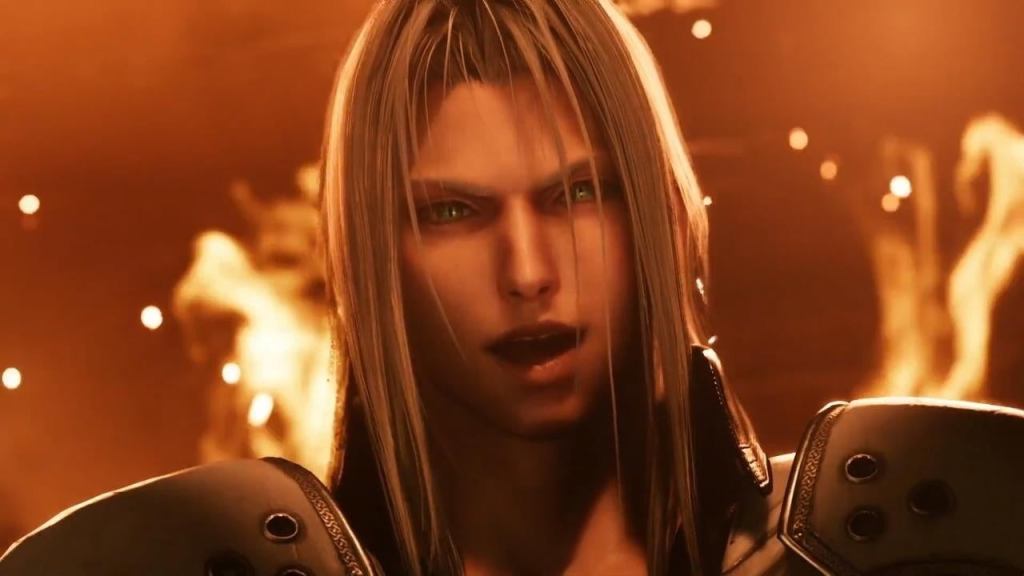
2. Sephiroth Joins the Party (Final Fantasy VII)
With Sephiroth being such a memorable figure in Final Fantasy VII, fans began wondering if it was possible to have the silver-haired antagonist join the party in the game. This was fueled by Sephiroth appearing as a temporary and computer-controlled member of the party during Cloud’s flashback. In addition to the player lacking control over Sephiroth, he cannot be harmed during his brief time as an ally, nor can his equipment, including the powerful Masamune Blade, be unequipped.
Players using cheats were able to gain access to Sephiroth during the main portion of the game, leading others to wonder if Sephiroth could be permanently added to the party through legitimate, if secret, means. However, there is no way to permanently unlock Sephiroth outside of the flashback sequence, with the cheat build of the character reflecting a build that’s already way above the conventional maximum level. Even over 25 years later, fans still speculate if Sephiroth will become a permanent party member in Final Fantasy VII: Rebirth.
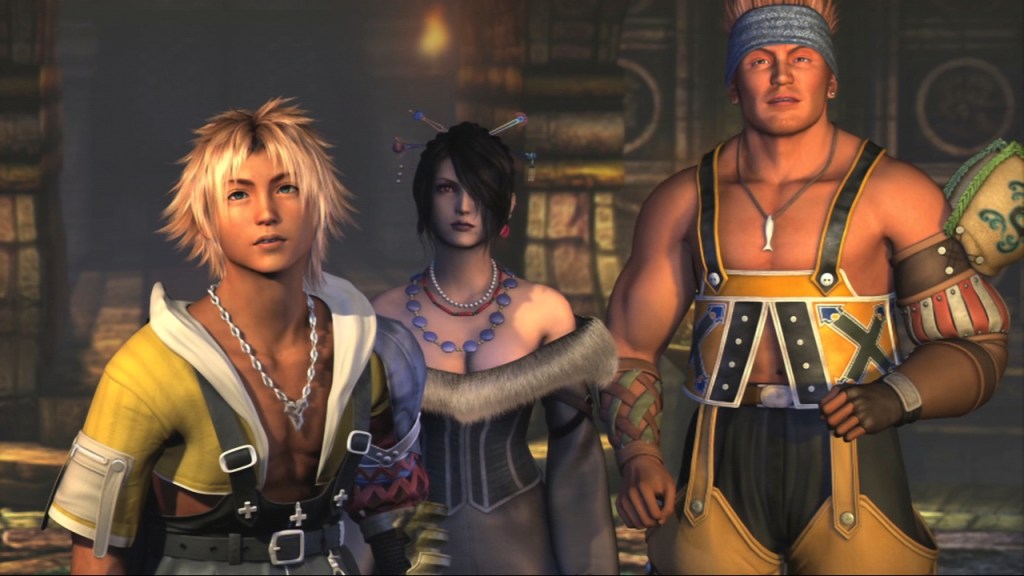
1. The Final Fantasy VII/X Connection
One of the prominent themes in Final Fantasy VII is a commentary on the dangers of unchecked megacorporations and the conscious malfeasance they commit. In the 1997 game, the Shinra Electric Power Company recklessly and greedily harvests the planet Gaia’s life force for its own selfish ends throughout the game. Fans have speculated that the origins of Shinra and its dangerous planetary schemes may appear in Final Fantasy X-2, despite taking place on the seemingly separate world of Spira.
In Final Fantasy X-2, players encounter a young technical prodigy on board the Celsius named Shinra who mentions his plans of devising a way to extract a planet’s life force for raw energy. Final Fantasy VII director Yoshinori Kitase hinted at the possibility that it was this Shinra whose actions helped found the malicious corporation of the same name, which later traveled to different worlds to harvest their energy. That also led to speculation that Final Fantasy VII took place approximately 1000 years after Final Fantasy X-2. As an additional nod to this fan theory, Final Final VII Remake contains a photo of Shinra’s founders, which includes a man wearing the familiar mask from Final Fantasy X-2. For his part, Final Fantasy X-2 writer Kazushige Nojima has stated that he saw the initial reference to Shinra as more of a playful joke that has since taken on a life of its own.
